This week, I joined Jenny’s class for their first block and Niall’s class for their last block of the day. Both are gearing up for a Spring Social Studies project, and to kick it off, Jenny asked me to lead a photography lesson that could help lay the groundwork for the kind of thinking they'll be doing later on.
I’d been mulling this lesson over for a while, trying to figure out the right angle—pun fully intended. Eventually, I reached out to my friend Brent, a high school photography teacher, who pointed me to some fantastic resources and helped me solidify my thinking.
I shared that I was worried about teaching the technical aspects of photography in less than an hour and still giving the class time to try things out. In my mind we just didn’t have enough time. He gave me some advice I needed to hear: the most important thing to teach at this age is experimentation and intent. Brent argued that the technical details would come through experimentation and if kids had questions about how to manipulate an image, they would ask! Sage advice from a wise educator!
So, the lesson came together in two parts: Explore what photography is, then experiment with intent.
What is Photography? 👁️
We kicked things off with a class-wide brain dump: What is photography? What words, tools, and ideas come to mind? Answers came in all forms. Some students identified styles of photography, photography jobs and aspects that make a good photo. Others brought up how certain photos make them feel, why they like capturing photos and the memories they associate with them.
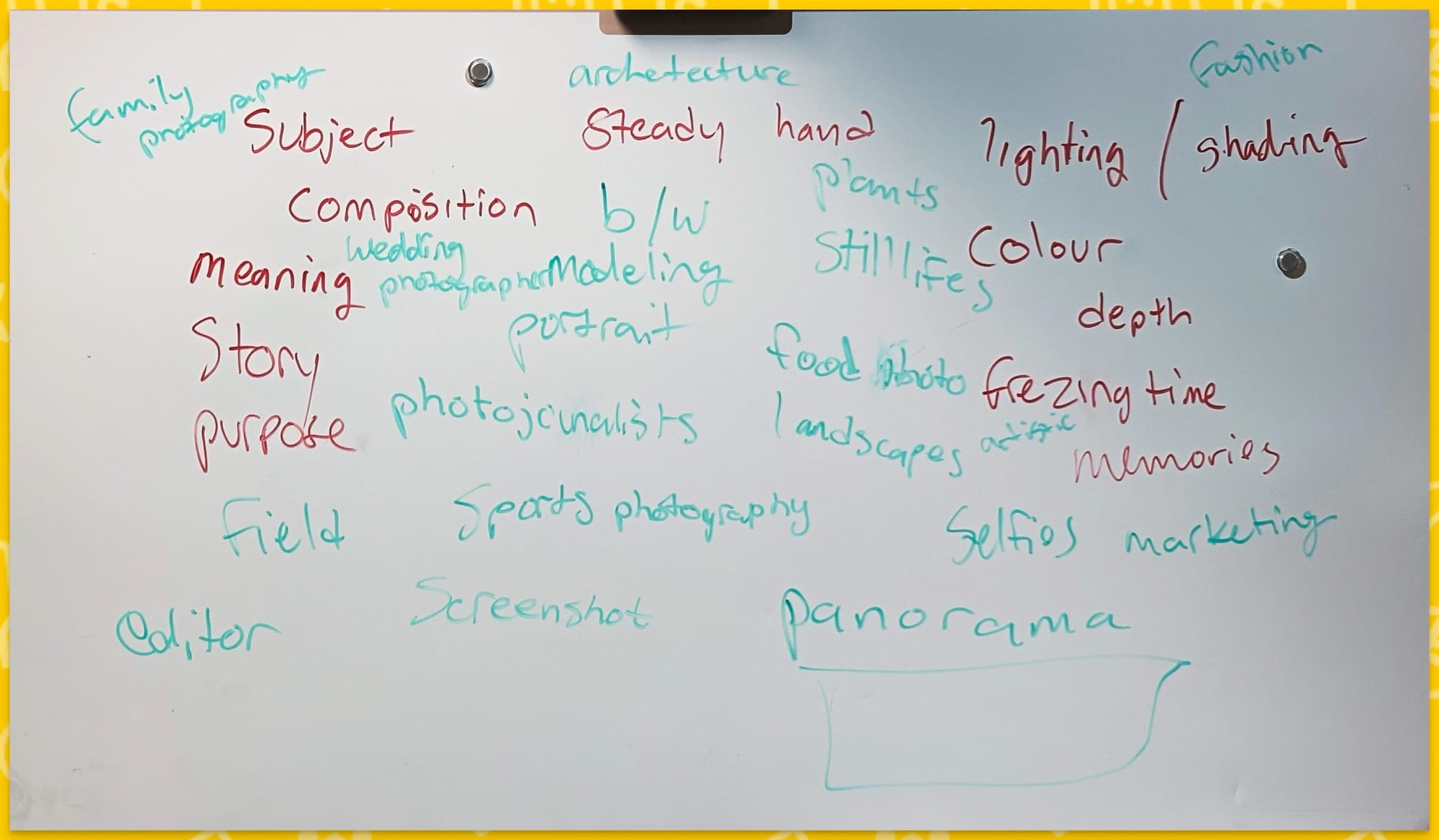
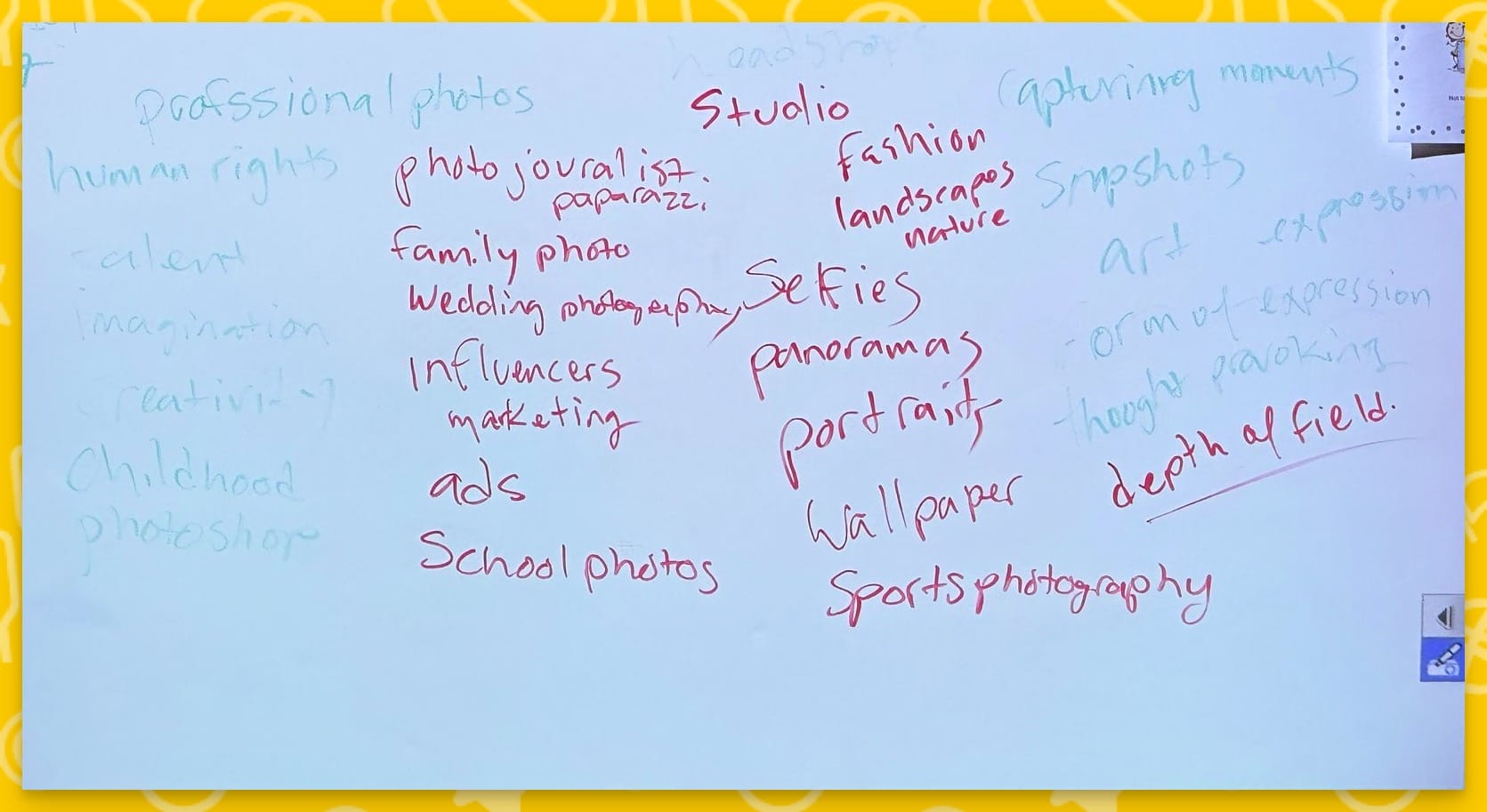
What come to mind when we think of photography?
From there, we moved into a slideshow of curated images from a variety of artists. I asked students to come up with one word the photo made them think of, then explain why that word fits—but here’s the twist: they had to explain why someone else's word fit the picture.
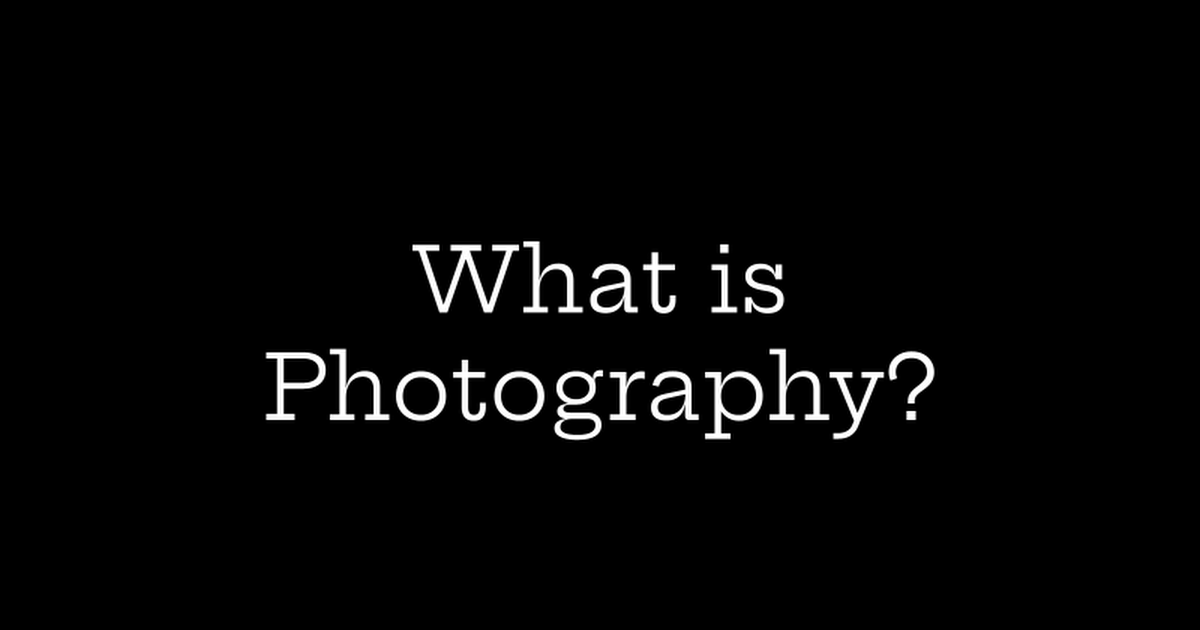
Check out the deck of photos we discussed as a class.
This little move—stepping into someone else’s feeling—mirrored an ELA skill, and it led to some seriously insightful takes.
After viewing the photo above, one student described it as "boring" while another said "interesting" almost at in unison! I asked them to explain each other’s take.
Here's a few more of our favourite descriptions from the classes.
- 🫑 Pepper #30
Word: Gloomy
Description: "It looks like a sad person leaned over." - 🥄 Still Life with Spoons
Word: Family
Description: "The spoons look warm and inviting but like they are fighting over desert at a family dinner." - 👉 All That Life Can Afford (Finger)
Word: God
Description: "It reminds me of a funny version of the Sistine Chapel painting." - 🏔️ Paper Mountains
Word: Crocodile
Description: "The texture looks like reptile skin." - 🟨 Field
Word: Swimming
Description: "Like when you open your eyes underwater or right after you get out of the pool."
ELA 7: Exchange ideas and viewpoints to build shared understanding and extend thinking.
Experiment with Intent
We wrapped the discussion by watching a short video, then set our challenge: Take a photo of one object over and over again—but don't take the same photo twice. Every photo had to show a new angle, pose, or perspective.
It was the perfect balance of freedom and constraint. Do whatever you want... just don’t do it twice.
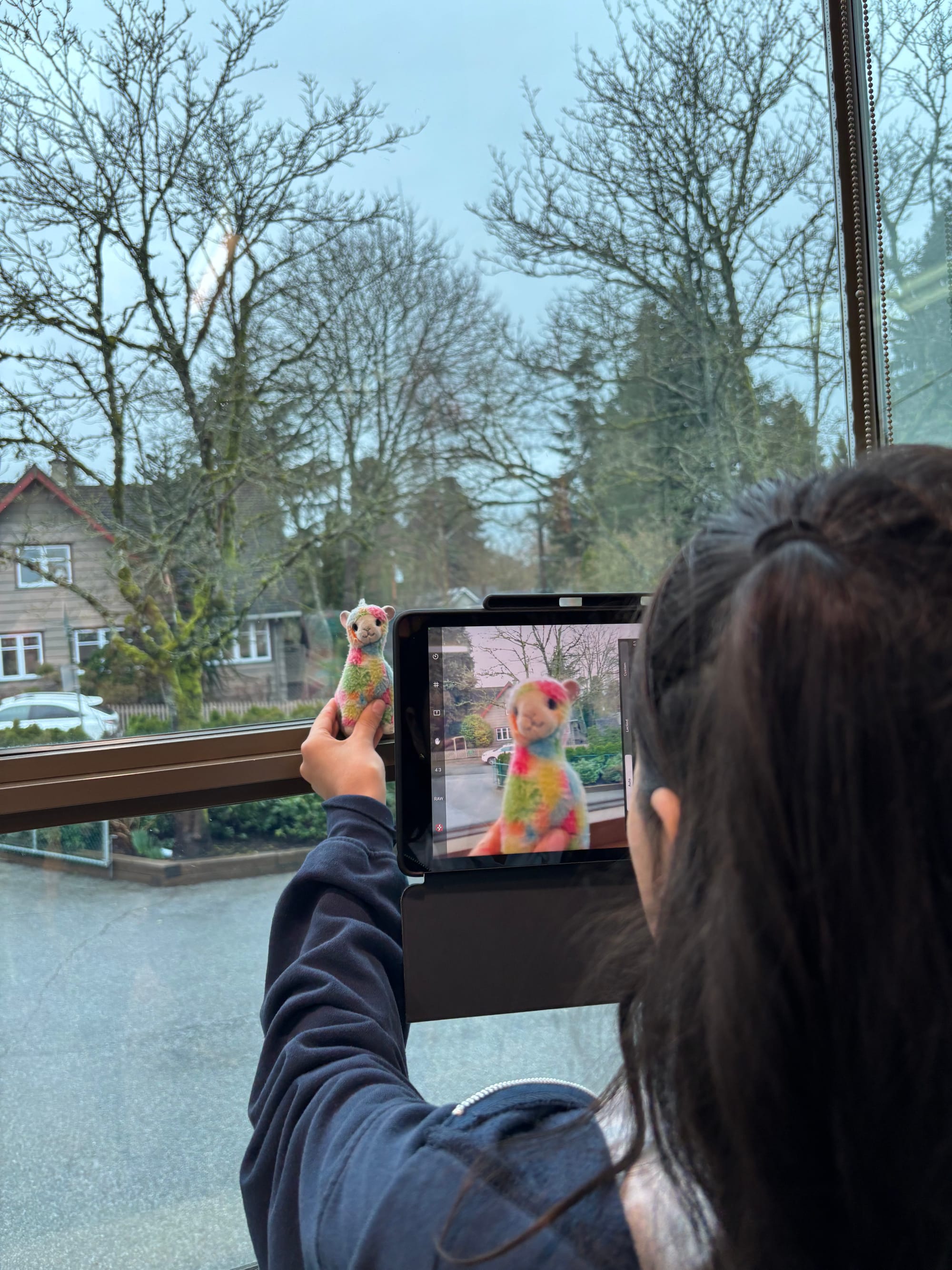
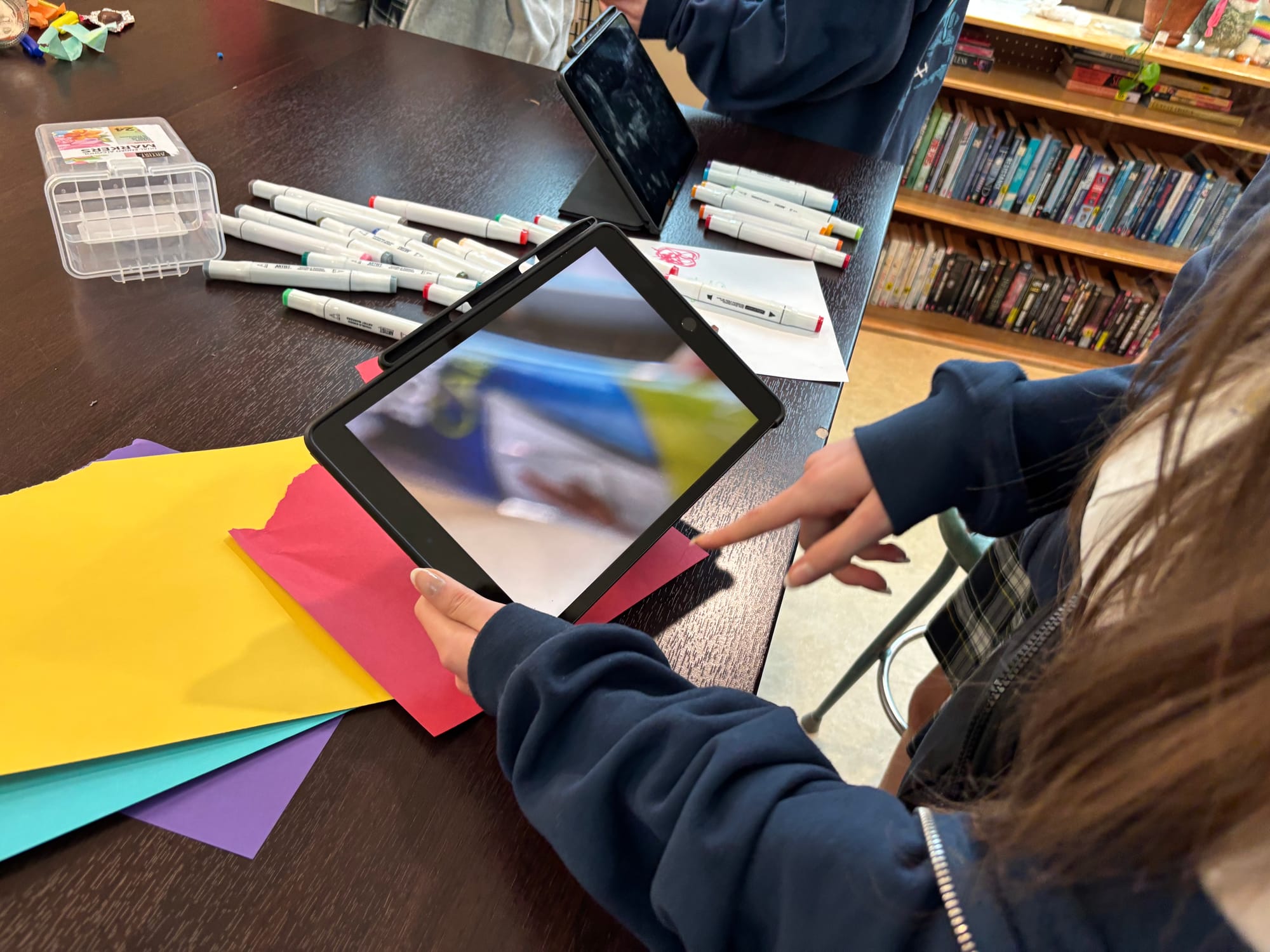
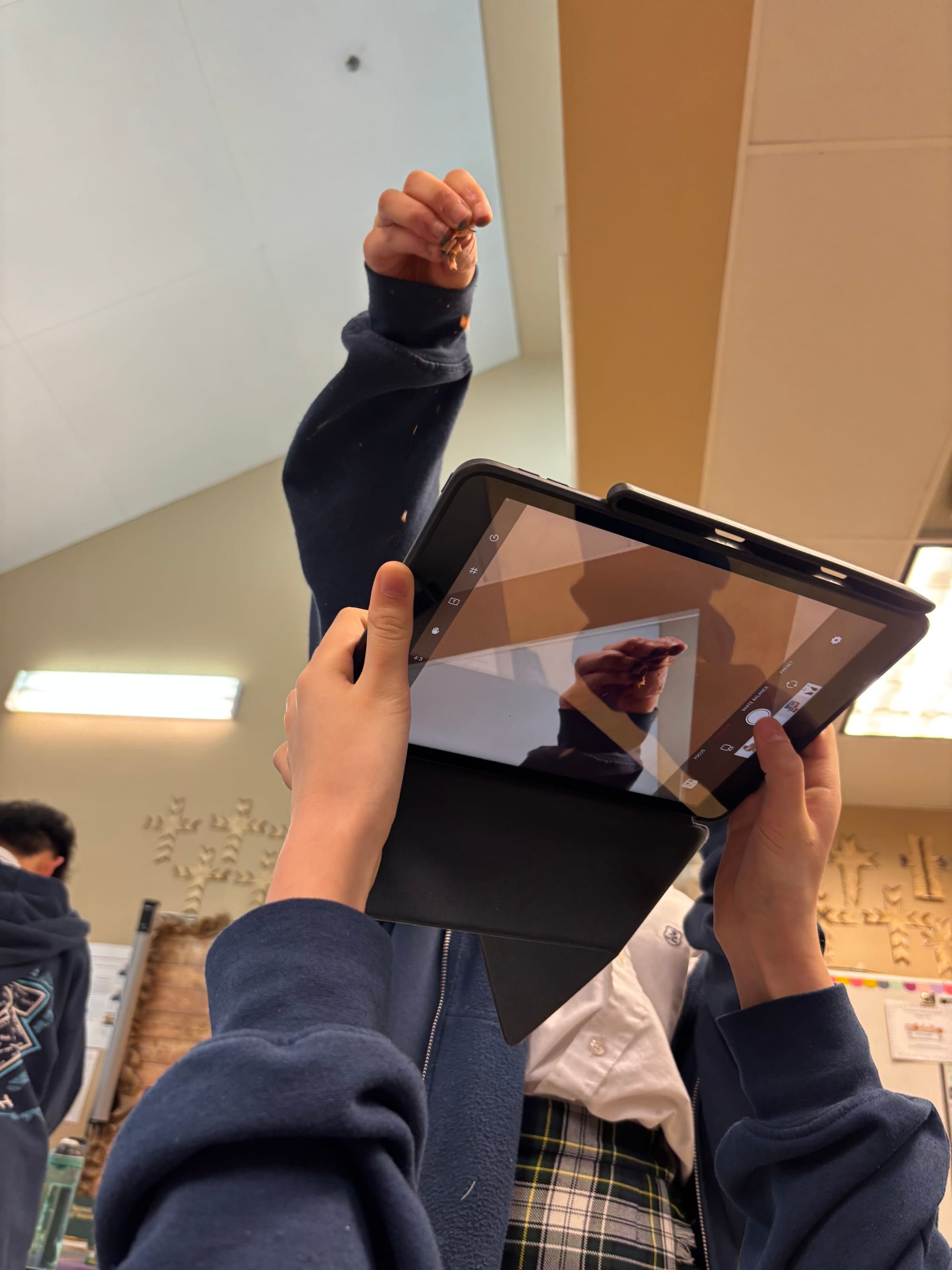
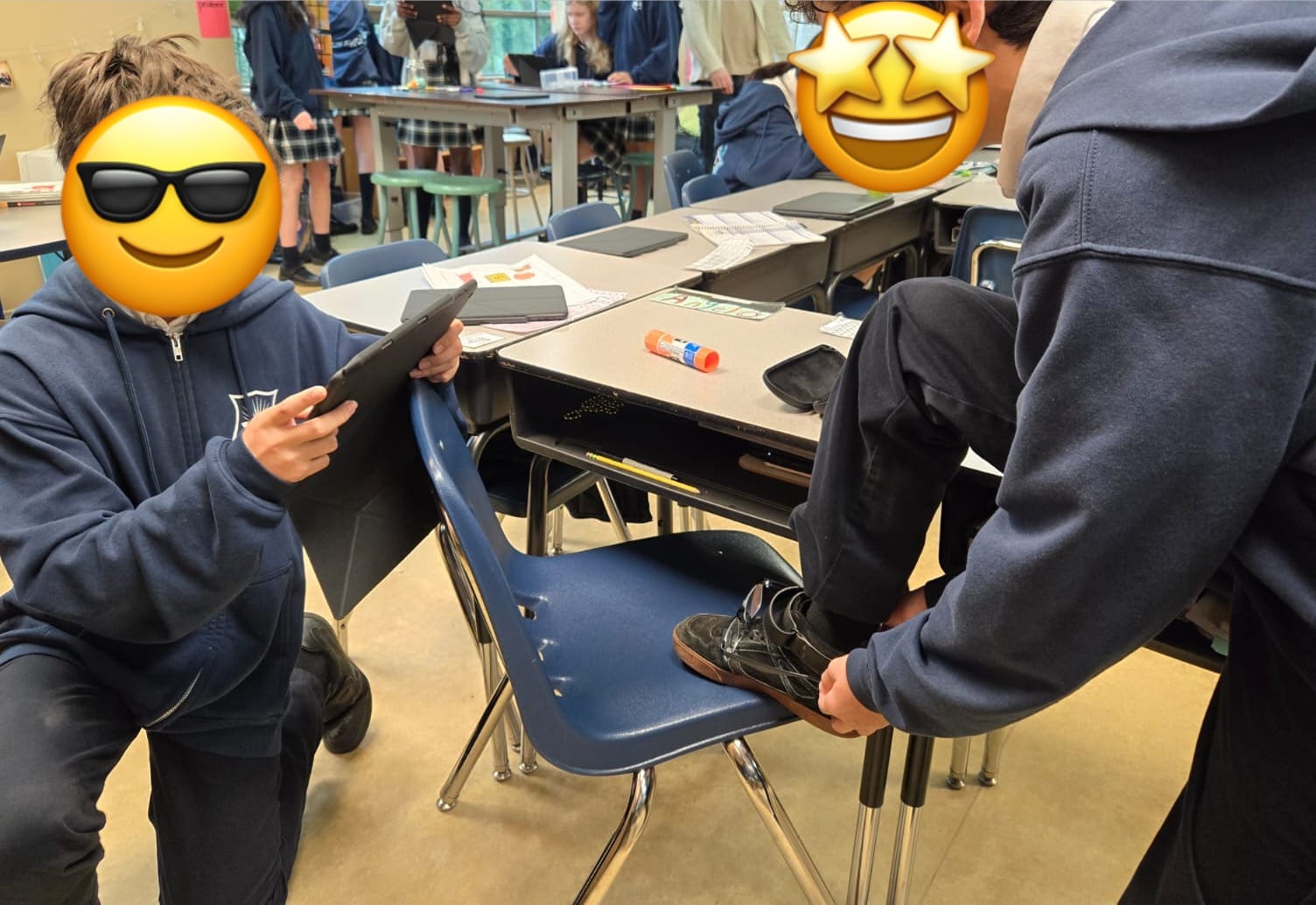
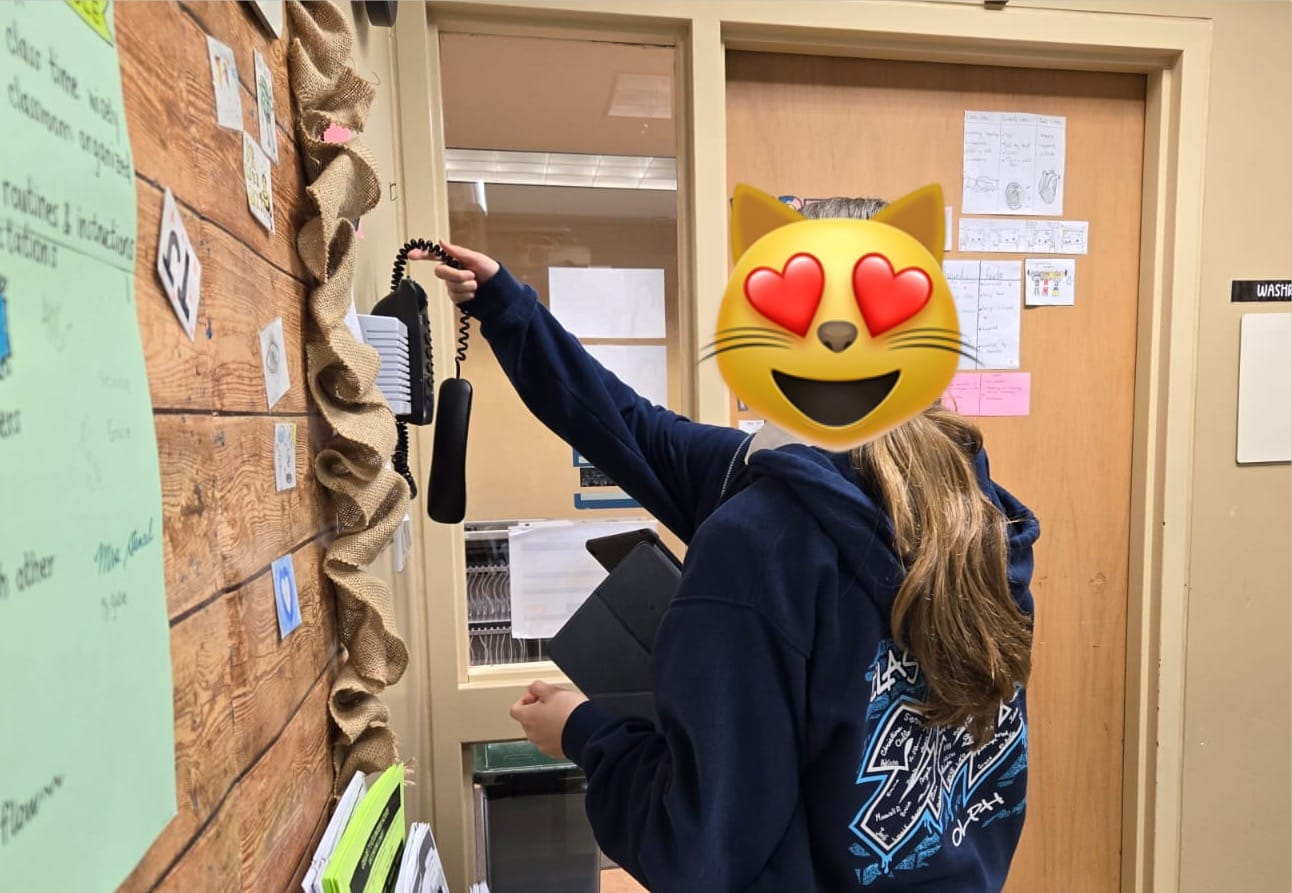
Who needs a DSLR when you’ve got creativity?
The results were incredible. Students got low, climbed on benches, framed shots through other objects, and really pushed the limits of what an iPad camera could do.
If this photography lesson has you thinking about creativity, agency, and how students see the world—read about our visit to Imagine High. It’s a public school where learners like Emily turn a love of photography into professional portfolios, and students across grades design their own real-world projects.

Two Classes, Two Creative Paths
Teaching the same lesson twice in one day was a great reminder of how different groups bring different strengths. Jenny’s class was full of loud, creative thinkers who thrived in the photo discussion. Niall’s class was more reserved, analytical, and precise—but they turned that energy into some technically brilliant photos.
- One group discovered how to duplicate their object using the panoramic feature.
- Another played with the lens flare from the halogen lights to silhouette a flower—honestly, it was gallery-worthy.
It was a beautiful reminder that there's no one right way to be creative—and no one right way to learn.
Stay tuned as these budding photographers carry their vision into the next phase of their Social Studies projects!
Photopedegogy
Interested in using Photography to teach Art? Start at Photopedegogy. It's a website created by photography teachers for photography teachers. They host a wonderful assortment of lesson plans for a variety of age groups.

I especially love their Threshold Concepts that help students develop a deeper understanding of the BIG IDEAS in photography.



